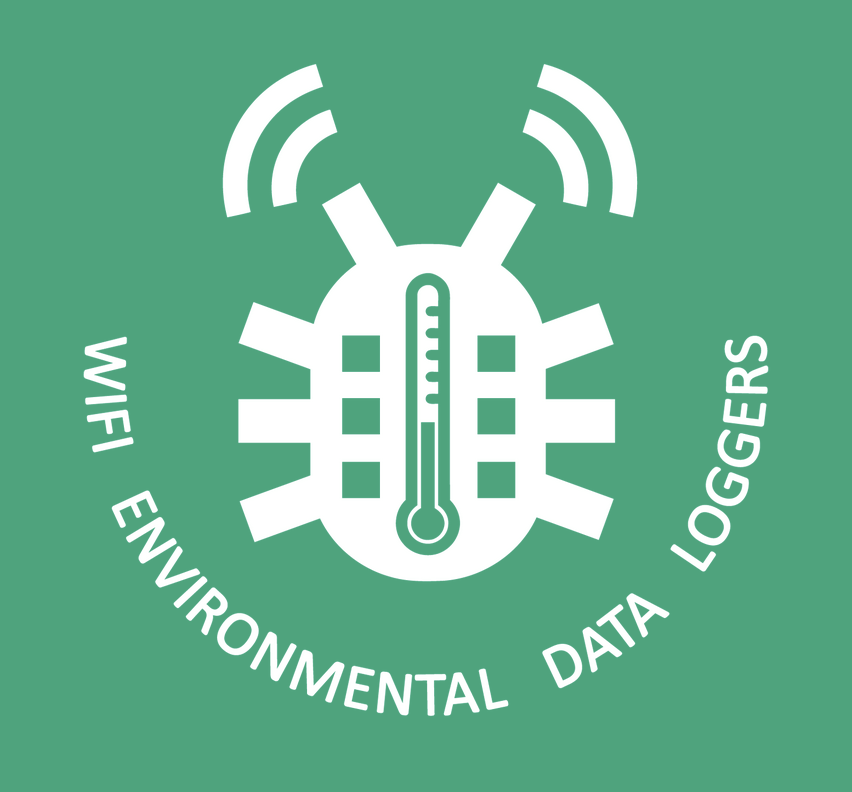Both technologies have their advantages and disadvantages, here is a side-by-side comparison of ZigBee vs Wifi sensors for the smart home. For my comparison, I take the TeHyBug Wifi sensor and Aquara ZigBee Sensor which is connected through a HeilBee v4.5 ZigBee stick to my HomeAssistant.
| ZigBee | WIFI |
| Requires a special ZigBee hub or coordinator stick. The Hub is usually connected through WIFI or LAN to the network. | Doesn’t require any special hubs etc. Just a WIFI network. Is very versatile and can connect to a remote server. |
| Custom data serving modes require some custom software to be installed on the hub. i.e. zigbee2mqtt | All the custom data serving modes already exist on the sensor, it supports HTTP POST/GET/etc. MQTT and other |
| Usually has a low signal range | Usually has a long and widely spread signal range |
| Low power consumption, requires a small battery like CR2032 which lasts up to 1 year | WIFI is a power-hungry technology, so a 18650 Lithium Cell will last about a half year or more, depending on the sensor |
| Easy to add a device to your ZigBee netwoork, requires just a few button presses | Has a complex but more versatile installation and configuration. Requires WIFI network credentials and setting up MQTT broker details to be provided directly to the sensor through WEB UI. |

Leave a Reply